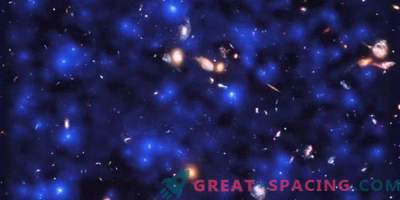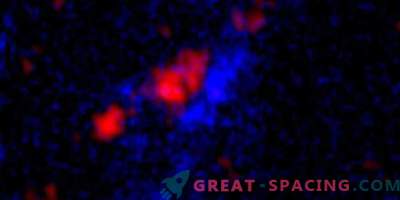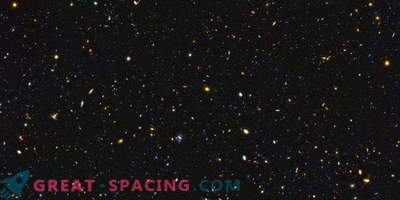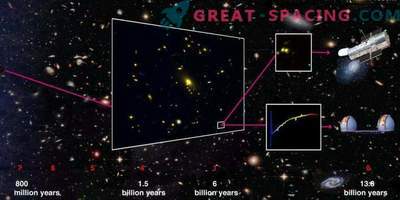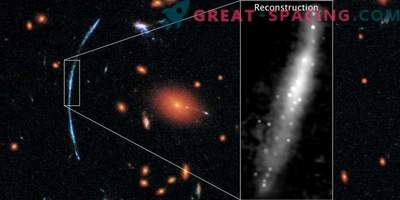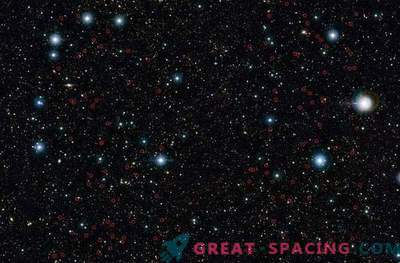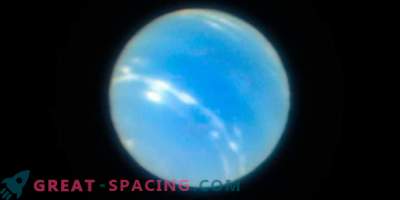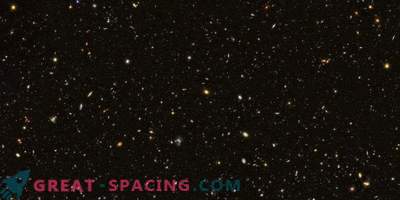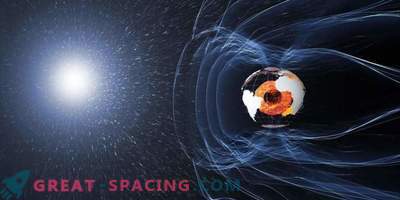
With the help of the MUSE instrument on the Very Large Telescope, scientists were able to perform the deepest spectroscopic imaging. They concentrated on the Hubble ultra-deep field, measuring the distances and characteristics of 1600 weak galaxies, among which 72 new ones were found.
The focus was on the territory of the constellation Pec. In 2004, Hubble made a breakthrough in the observation of space by obtaining an ultra-deep field. The survey managed to get to the galaxy, formed a billion years after the Big Bang. Later this site was examined many times by Hubble and other telescopes, due to which the idea of the Universe changed.
But the MUSE bypassed Hubble and managed to fix 72 new galaxies that had not been noticed before in reviews.
MUSE has unique capabilities. It is able to break the light from each point into the colors of the components, creating a spectrum. This allows you to determine the distance, color and other galactic properties that remain invisible even for Hubble.
MUSE information represents a new kind of dim distant galaxies that appeared 13 billion years ago. These galaxies are 100 times weaker than those found in previous reviews. The found galaxies are of the type of emitters that glow only in the light of the Lyman alpha. Modern theories of stellar birth can not explain this variety, shining in a single color.
The sequence begins with the image of the Hubble ultra-deep field from the MUSE instrument. The first gray circles mark the galaxies found earlier, and the red ones mark the detection of MUSE. The crosses mark the locations of galaxies captured only in spectroscopic information MUSE
MUSE is a valuable tool that extracts information from early galaxies. And he performs it in well-studied places. Another important detection is the fixation of luminous halos of hydrogen atoms around galaxies in the early Universe. This helped to better understand how the primary stages of the galactic formation occur.
These data can be used to study the role of weak galaxies during the period of cosmic reionization (after 380,000 years after the Big Bang).
Hubble’s ultra-deep field and blue glowing gas halos around distant galaxies recorded MUSE on the Very Large Telescope (Chile). Scientists are excited about such a huge amount of halos releasing the Lyman-alpha UV rays around ancient galaxies
It is surprising that this information was obtained without installing Adaptive Optics Facility. It is believed that the update will bring even more incredible discoveries.
